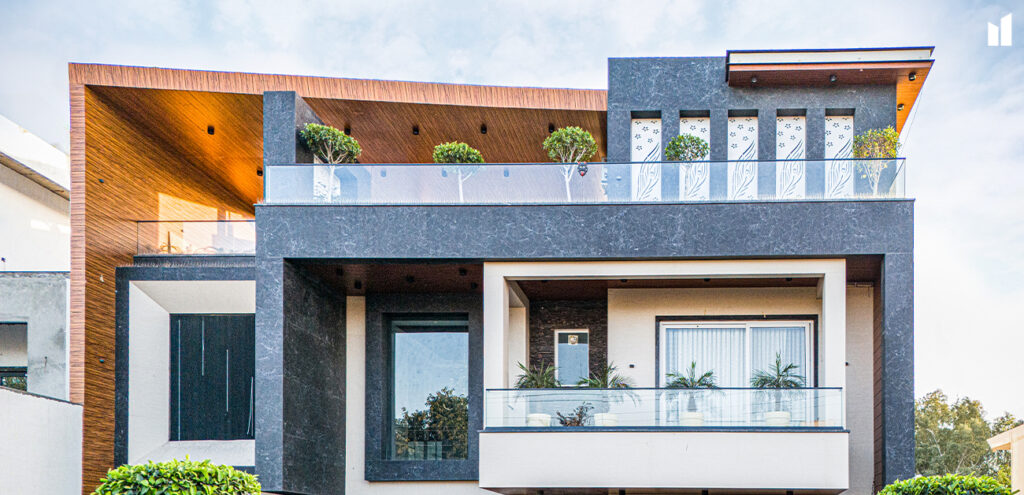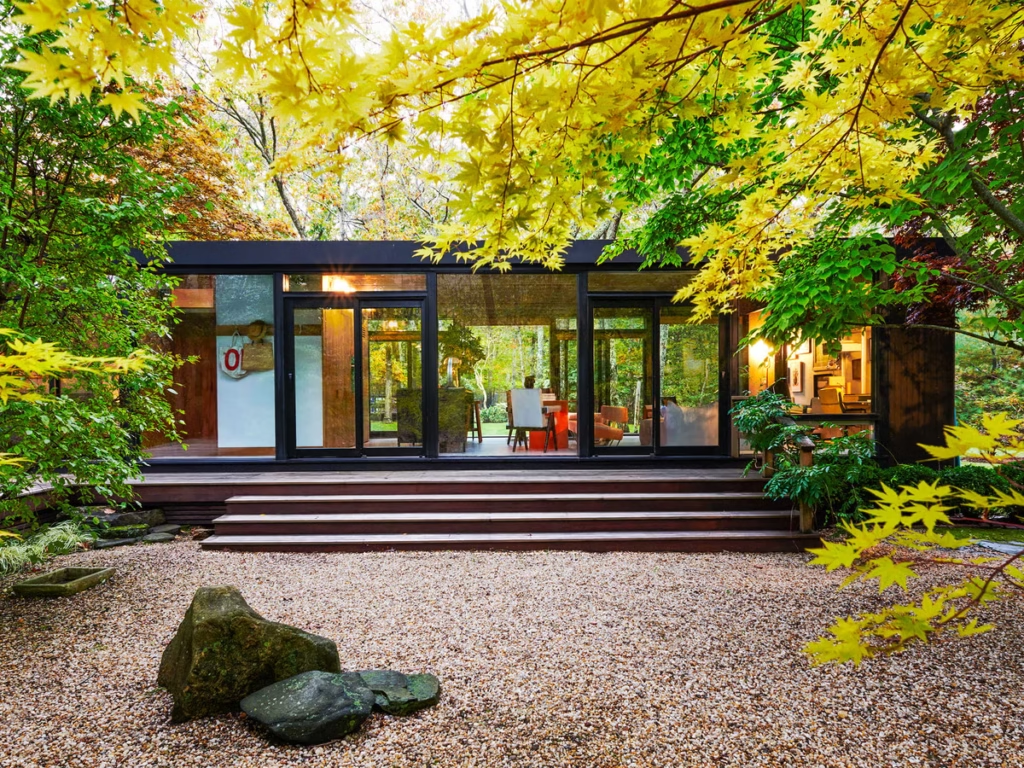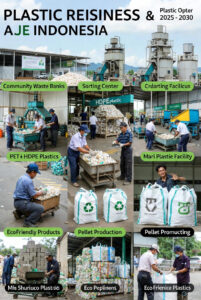
Housing structures are evolving faster than ever, blending innovation, resilience, and eco-friendliness to meet the demands of a changing world. From traditional wood-framed homes to cutting-edge modular builds, understanding types of housing structures is key for homeowners, builders, and investors. Searching for “sustainable housing structures 2025” or “modern home building trends“? This comprehensive guide dives into the latest data, materials, and best practices for resilient living.
Why Housing Structures Matter in 2025
- Sustainability Surge: 70% of new builds prioritize low-carbon materials like mass timber and hempcrete
- Resilience Focus: Extreme weather drives demand for flood-resistant and energy-efficient designs
- Affordability Boost: Modular and prefab options cut costs by 20-30%
- Market Growth: Global green housing market hits $500B, up 15% YoY
Pro Tip: Search “housing structures near me” for local incentives – many regions offer rebates for net-zero homes in 2025.

Top Types of Housing Structures in 2025
Common Structural Frameworks
| Type | Description | Best For | Pros | Cons |
|---|---|---|---|---|
| Wood-Framed | Traditional stick-built using lumber studs and plywood sheathing | Single-family homes | Affordable, quick to build | Vulnerable to fire/pests; higher embodied carbon |
| Concrete/Steel | Poured foundations and beams for multi-story durability | Urban apartments, high-rises | Fire-resistant, long-lasting | Higher upfront costs; energy-intensive production |
| Modular/Prefab | Factory-built sections assembled on-site | Affordable housing, quick-turn projects | 50% faster construction; waste reduction | Transport limits size; perceived quality concerns |
| Mass Timber (CLT) | Cross-laminated timber panels for load-bearing walls/floors | Mid-rise residential | Renewable, sequesters CO₂ | Moisture sensitivity; code approvals varying |
| Earth-Based (Rammed Earth/Adobe) | Compacted soil mixtures for walls | Eco-villages, low-rise | Thermal mass for passive cooling | Labor-intensive; limited in wet climates |
Emerging Sustainable Options
- Straw Bale: Insulated walls from compressed straw bales – fire-resistant when plastered, ideal for off-grid homes
- Bamboo Structures: Flexible, renewable poles for framing – grows 3x faster than trees
- Hempcrete Blocks: Lime-hemp mix for insulation – carbon-negative and mold-resistant
- Mycelium Panels: Fungi-grown composites for walls – biodegradable and insulating
2025 Housing Structure Trends: Building Smarter
1. Climate-Resilient Designs
With floods and heatwaves on the rise, expect elevated foundations, impact-resistant windows, and fiber cement siding in 60% of new U.S. builds. Green roofs and living walls mitigate urban heat islands while boosting biodiversity.
2. Circular Economy Integration
Reclaimed wood, recycled steel, and CO₂-infused concrete reduce waste by 40%. Adaptive reuse transforms old warehouses into lofts, slashing embodied carbon by 90% vs. demolition.
3. Tech-Infused Efficiency
AI-optimized layouts and IoT sensors cut energy use by 30%. Net-zero homes with solar tiles and heat pumps generate as much energy as they consume.
4. Biophilic and Health-Focused Builds
Natural materials like cork flooring and mycelium insulation promote wellness, aligning with WELL/LEED standards.
Housing Structures Comparison: Traditional vs. Modern
| Aspect | Traditional (Wood/Concrete) | Modern Sustainable |
|---|---|---|
| Build Time | 6-12 months | 2-6 months (modular) |
| Cost per Sq Ft | $150-250 | $120-200 (with incentives) |
| Energy Savings | Baseline | 40-60% lower bills |
| Lifespan | 50-100 years | 75+ years with resilience features |
| Eco-Impact | High emissions | Carbon-neutral or negative |
Common Challenges in Housing Structures (And Solutions)
| Issue | Solution |
|---|---|
| High Material Costs | Opt for prefab kits or government rebates for green builds |
| Invasive Construction | Use modular off-site assembly to minimize disruption |
| Climate Vulnerability | Incorporate flood barriers and reflective roofing |
| Maintenance | Choose self-healing concrete or low-upkeep bamboo |
Where to Start with Housing Structures in 2025 (Resources)
- LEED-Certified Builders: Search via USGBC.org for vetted pros
- Prefab Suppliers: Blu Homes or Dvele for modular homes ($200K+ starters)
- Material Sources: Autodesk’s sustainable marketplace or local reclaimed yards
- Incentives: IRS.gov for federal tax credits on energy-efficient structures
FAQ About Housing Structures
Q: What are the most sustainable housing structures for 2025?
A: Mass timber and hempcrete lead for low-carbon footprints; modular designs excel in speed and waste reduction.
Q: Are prefab housing structures durable?
A: Yes – factory quality control ensures they match or exceed site-built strength, with 20-40% energy savings.
Q: How do I make my home climate-resilient?
A: Add reinforced foundations and solar-integrated roofs; retrofit costs recoup in 5-7 years via lower insurance/energy bills.
Final Thoughts
Housing structures in 2025 aren’t just shelters – they’re smart, sustainable investments in our planet’s future. Whether retrofitting a wood-framed classic or pioneering a mycelium tiny home, prioritize resilience and efficiency for long-term wins. Start small: Audit your current build for green upgrades and aim for net-zero by 2030.
Ready to build? Consult a LEED architect today – your eco-home awaits.
Tags: housing structures, sustainable housing, modular homes, mass timber, prefab construction, green building trends, climate resilient architecture





